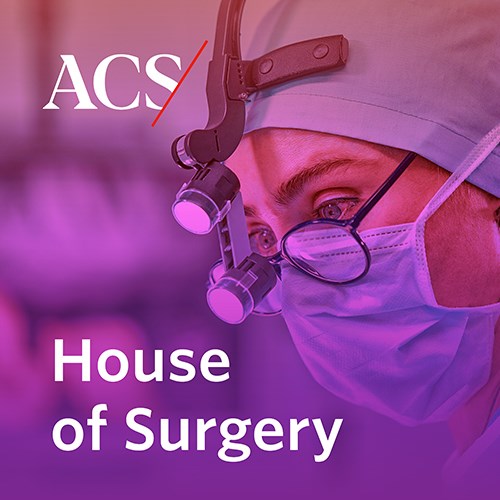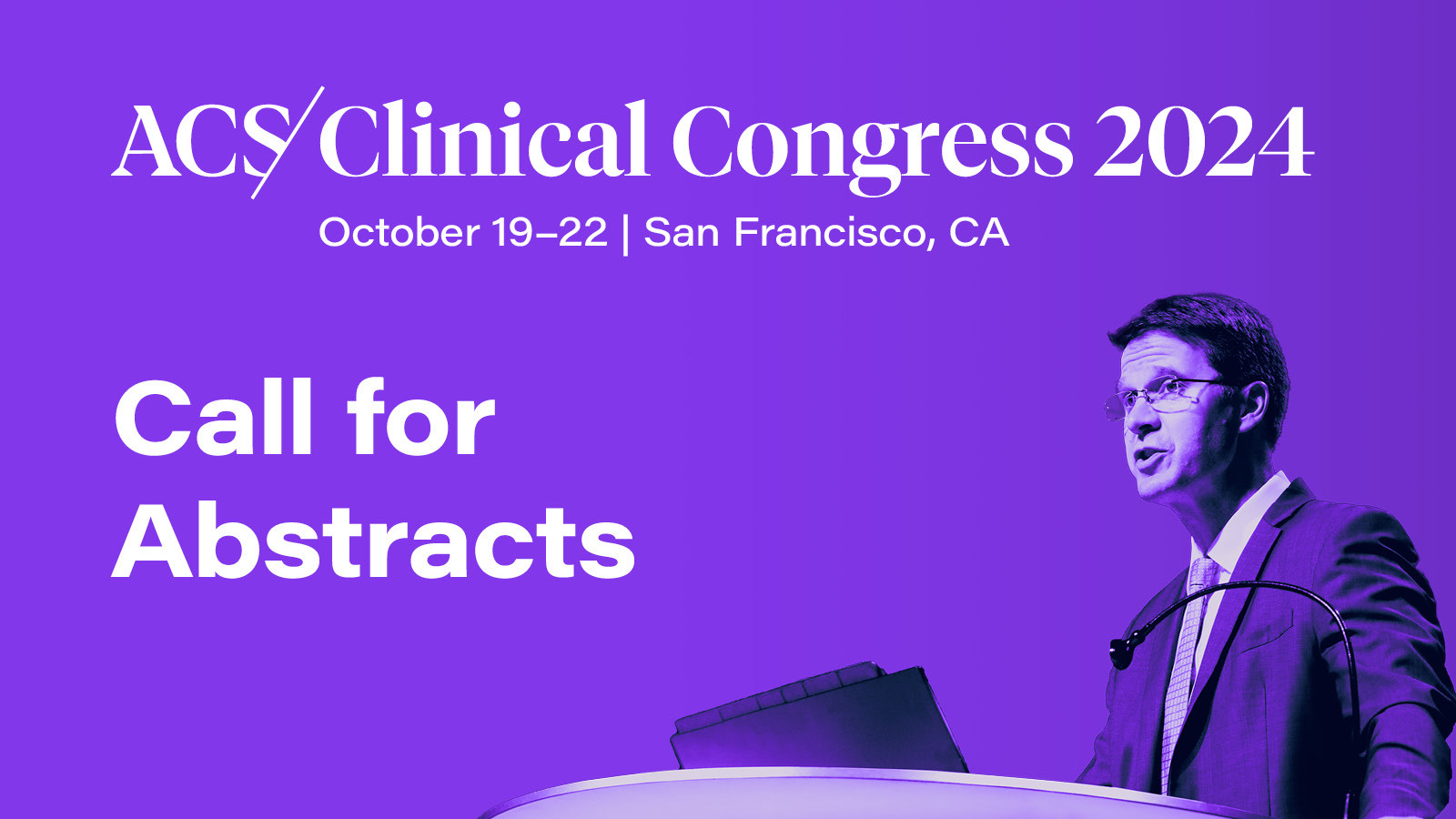Doug A. Gouchoe, MD, Rosemary F. Kelly, MD, FACS, and Bryan A. Whitson, MD, PhD, FACS, on behalf of the ACS Advisory Council for Cardiothoracic Surgery
Editor’s note: The 14 ACS Advisory Councils, which serve as liaisons in the communication of information to and from surgical societies and the Regents, periodically submit articles on the notable initiatives taking place in their respective specialties. This feature is a submission from the Advisory Council for Cardiothoracic Surgery.
The birth of cardiothoracic surgery was synonymous with renowned inventors and scientists, including Drs. Lillehei, DeWalt, Shumway, Gibbon, Bentall, Blalock, among others. Surgeon-scientists are those involved in clinical practice while also overseeing basic or translational research, from bench to bedside. Surgeons are natural innovators, as we are often tasked to come up with creative solutions to dynamic problems within the OR. However, there is concern that remaining clinically impactful while conducting high-yield bench research is becoming increasingly challenging.
The demand to remain clinically productive and ensuring technical proficiency and providing adequate revenue generation for the hospital often pressures many surgeons to place a low priority on research. Administrative demands also take up significant time, allowing less opportunity to explore clinically relevant research. Practically, securing grant funding from societies or national institutions is incredibly competitive, as funding for surgical research has declined in recent years as much as 20%.
Surgeons also have substantially less time to devote to grant writing because of increasing demands on clinical productively and are less likely to learn the intricacies of successful applications. Finally, lack of departmental or institutional support can dissuade young surgeon-scientists as their peers may regard them as non-contributory for standard clinical duties when they devote significant amounts of time to produce NIH-quality research.
Ultimately, these factors lead to fewer surgical laboratories, fewer mentors, and fewer residents who pursue basic science research during their residencies—and, subsequently, reduced surgical innovation.
However, there are reasons to be optimistic. With the advent of integrated cardiothoracic residencies (I6), which require fewer clinical years to become a board-trained cardiothoracic surgeon, there is an opportunity for growth of trainees to make contributions in basic science. Compared to the traditional thoracic fellowship pathway (5 years of general surgery clinical training with potential dedicated lab years, followed by 2–3 more years of clinical thoracic surgery fellowship), those in the I6 thoracic surgery residency pathway may be more open to pursuing dedicated research time. Upon completion of their research efforts, participants will potentially have only a few more years before clinical practice, as opposed to potentially 6 years for some general surgery residents. This route may currently only be applicable for some I6 residents, but it is possible that all cardiothoracic surgeons will be trained in such a way in the future.
Addressing the shortage of cardiothoracic surgeon-scientists demands a multifaceted approach. While programs may overcome some of the barriers to bench research, such as lack of resources, lab space, and technical expertise, this does not totally solve the lack of institutional support nor the bottleneck of viable mentors.
Such a change must come within the specialty. Division and department chiefs may question the necessity or value of this work that often seems to progress slowly. Since the advent of percutaneous intervention and transcatheter valves, some have been signaling the end of our specialty. Although this warning may be premature, it should be a wake-up call—we must adapt or fade in relevance.
To advance the field of cardiothoracic surgery, we as a specialty, must develop unique solutions that can only be solved through a surgeon’s input to study and treat diseases that afflict millions of patients a year.
Cardiothoracic surgeons must recognize that there is value in investing in readily accessible and on-campus shared laboratory equipment and facilities, offering true protected time for clinical faculty, and incorporating basic and translational research productivity into promotion metrics. In this field, the only way to adapt is through basic and translational work that puts the power back in the hands of cardiothoracic surgeons to drive innovation and research in therapeutic alternatives.









